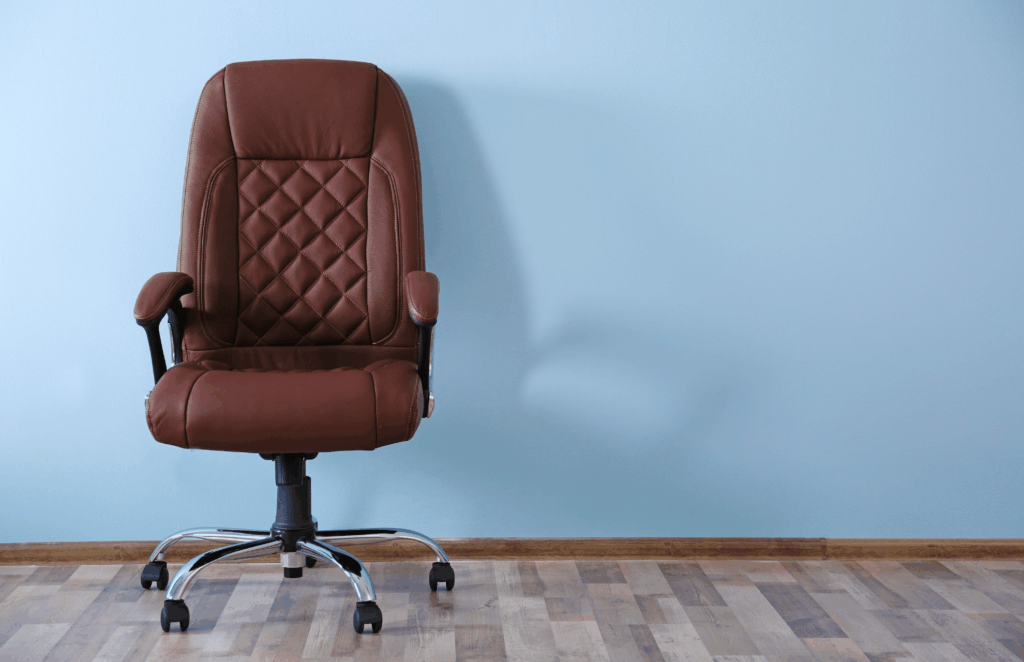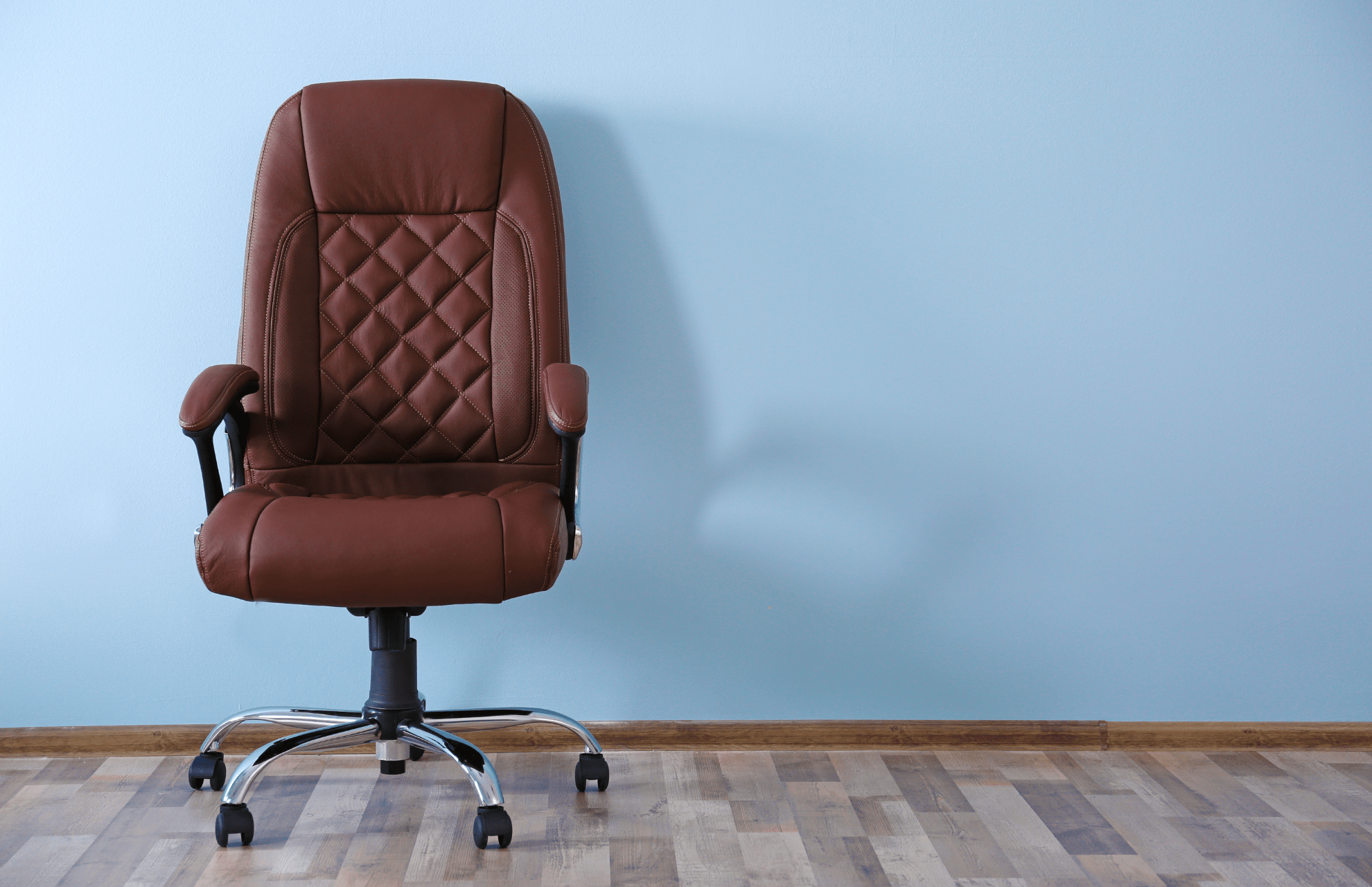
Silence the Squeak: A Comprehensive Guide to Fixing Your Office Chair
An office chair squeaking can be more than just an annoyance; it can be a significant distraction, impacting productivity and focus in the workplace. That incessant noise, often a high-pitched squeal or groan, can disrupt concentration, irritate colleagues, and generally create a less-than-ideal work environment. But before you resign yourself to a noisy existence or rush out to buy a new chair, understand that many office chair squeaking issues are easily fixable with a little investigation and some basic tools. This comprehensive guide will walk you through the common causes of these unwelcome sounds and provide step-by-step instructions to restore peace and quiet to your workspace.
Understanding the Culprits Behind the Squeak
The first step in silencing your office chair squeaking is to identify the source of the noise. Several factors can contribute, and pinpointing the exact location will make the repair process much more efficient. Here are some of the most common culprits:
- Loose Bolts and Screws: This is often the primary cause of office chair squeaking. Over time, the constant movement and weight on the chair can loosen the fasteners, creating friction and noise.
- Dry Joints and Mechanisms: Metal-on-metal contact in the chair’s joints, such as the tilt mechanism or swivel base, can create squeaking as the surfaces rub together without proper lubrication.
- Worn-Out Components: Parts like the gas lift cylinder, wheels, or seat cushion can wear down over time, leading to squeaks and other noises.
- Springs and Coils: If your chair has springs in the seat or back, these can become dry or misaligned, causing them to squeak when compressed or released.
- Fabric Friction: Sometimes, the squeaking isn’t coming from the mechanics of the chair, but rather from the fabric rubbing against the frame or other parts of the chair.
Tools You’ll Need
Before you begin your investigation, gather the necessary tools. Having everything on hand will streamline the process and prevent unnecessary interruptions. Here’s a basic toolkit:
- Screwdrivers: A set of screwdrivers with various head types (Phillips head and flathead) will be essential for tightening loose screws.
- Wrench Set: A wrench set will be helpful for tightening bolts and nuts.
- Lubricant: A lubricant like WD-40 or silicone spray is crucial for lubricating dry joints and mechanisms. Silicone spray is generally preferred as it’s less likely to attract dust.
- Soft Cloths: Use soft cloths to wipe away excess lubricant and clean the chair.
- Safety Glasses: Protect your eyes from debris and lubricant spray.
- Work Gloves: Gloves will protect your hands and provide a better grip.
Step-by-Step Guide to Silencing the Squeak
Now that you have your tools and a basic understanding of the potential causes, let’s get to work on fixing that office chair squeaking. Follow these steps carefully:
Step 1: Identify the Source of the Squeak
This is the most crucial step. Sit in the chair and move around, trying to pinpoint exactly where the squeak is coming from. Listen carefully and pay attention to the movement that triggers the noise. Have someone else move the chair while you listen closely if you’re having trouble isolating the source.
Step 2: Tighten Loose Bolts and Screws
Once you’ve identified a potential area, start by tightening all the visible bolts and screws in that region. Use the appropriate screwdriver or wrench and make sure the fasteners are snug but not overtightened, as this could strip the threads. Often, tightening a few loose fasteners is all it takes to eliminate the office chair squeaking.
Step 3: Lubricate Dry Joints and Mechanisms
If tightening the fasteners doesn’t solve the problem, the next step is to lubricate any moving parts or joints that could be causing friction. Apply a small amount of lubricant (WD-40 or silicone spray) to the area, such as the tilt mechanism, swivel base, or armrest joints. Move the chair around to work the lubricant into the joint and wipe away any excess with a soft cloth. Repeat this process as needed until the office chair squeaking disappears. [See also: Office Chair Maintenance Tips]
Step 4: Address Worn-Out Components
If the squeak persists, it’s possible that a component is worn out and needs to be replaced. Check the wheels for wear and tear, and consider replacing them if they are damaged or excessively noisy. The gas lift cylinder can also be a source of squeaking, especially if it’s old or malfunctioning. Replacing the gas lift cylinder is a more complex repair, but it can often be done with basic tools. Seat cushions can also degrade over time; if they are the source of noise, consider replacing or reupholstering them.
Step 5: Examine Springs and Coils
If your chair has springs in the seat or back, these can sometimes be the cause of the office chair squeaking. Try applying a small amount of lubricant to the springs to see if that eliminates the noise. If the springs are misaligned or damaged, you may need to replace them.
Step 6: Check for Fabric Friction
Sometimes, the squeaking isn’t coming from the chair’s mechanics, but rather from the fabric rubbing against the frame or other parts. Try applying a fabric protector or lubricant to the area where the fabric is rubbing to see if that eliminates the noise. You can also try adjusting the fabric to reduce friction.
Step 7: Disassemble and Clean (If Necessary)
If you’ve tried all the above steps and the office chair squeaking persists, you may need to disassemble the chair for a more thorough cleaning and inspection. This is a more involved process, but it can be necessary to identify and address hidden sources of noise. Be sure to take pictures as you disassemble the chair so you can easily reassemble it later.
Preventing Future Squeaks
Once you’ve silenced the squeak, it’s important to take steps to prevent it from returning. Regular maintenance is key to keeping your office chair in good working order. Here are some tips:
- Tighten Fasteners Regularly: Check the bolts and screws every few months and tighten them as needed.
- Lubricate Moving Parts: Apply lubricant to the joints and mechanisms periodically to prevent friction.
- Clean the Chair Regularly: Dust and dirt can contribute to squeaking, so clean the chair regularly with a soft cloth.
- Avoid Overloading the Chair: Exceeding the chair’s weight capacity can put undue stress on the components, leading to premature wear and tear.
When to Call a Professional
While many office chair squeaking issues can be resolved with DIY repairs, there are times when it’s best to call a professional. If you’re not comfortable disassembling the chair, or if you suspect that a major component is damaged, it’s best to seek expert help. A professional furniture repair technician can diagnose the problem and perform the necessary repairs safely and effectively. Also, if your chair is still under warranty, attempting to repair it yourself could void the warranty. [See also: Ergonomic Office Setup Guide]
Conclusion
An office chair squeaking can be a frustrating problem, but it’s often one that can be easily resolved with a little effort. By following the steps outlined in this guide, you can identify the source of the squeak, tighten loose fasteners, lubricate dry joints, and address worn-out components. With regular maintenance, you can prevent future squeaks and keep your office chair in good working order for years to come. So, take a deep breath, grab your tools, and get ready to silence that squeak once and for all, restoring peace and productivity to your workspace. Remember to prioritize safety and consult a professional if you’re uncomfortable with any of the repair steps. A quiet and comfortable workspace is within reach!

